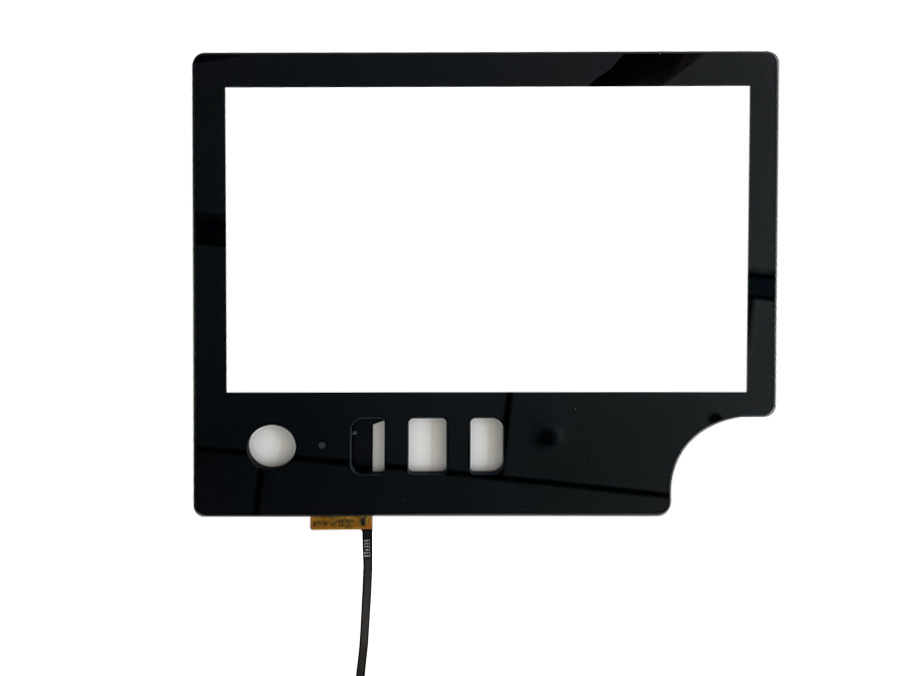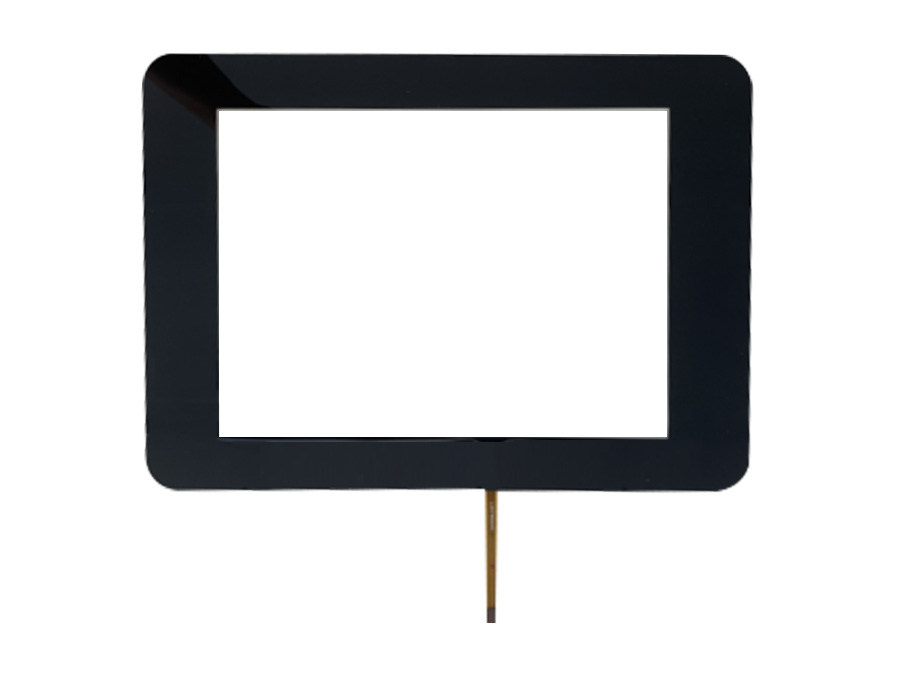Beijing time on October 30 news, China touch screen network news, British scientists invented a cheap flexible touch screen, mobile phones are no longer afraid of broken screens. British scientists have invented a cheap flexible touch screen using silver and graphene as raw materials.
At present, the common touch screens on the market are very brittle, because they are usually made of indium tin oxide and covered with a layer of glass, so that when it falls to the ground, it will be easily shattered.
This indium tin oxide is not only fragile, it is also difficult to prepare, which makes the cost of maintaining touch screens high. < br / > < img SRC = "/ static/upload/images / 20230908/1694133223112751. JPG" Alt = "1 t8_8hh0tjaanh51t_nlnw. JPG" / > & have spent Now, however, scientists at the University of Sussex in the UK have found that we can combine graphene - a substance made up of a single layer of carbon atoms - with silver nanowires to create a screen that performs like a conventional display. The cost of this manufacturing technology is a fraction of the cost of conventional display manufacturing.
The material is also very flexible, so that it does not need a glass protective layer, which means that the top layer of the touch screen can be replaced with something more flexible and less easily broken, such as plexiglass.
Dr Matthew Large, who led the research atthe University of Sussex's School of Mathematical and Physical Sciences, said: "The main reason why the touch screen on your phone is so easily smashed is because the transparent conductive material used by the touch sensor is indium tin oxide. The material is very fragile, so it needs a hard surface like glass to protect it."
"If your phone falls on a hard surface, or if you accidentally sit on your phone, the thing that breaks is the glass layer. The material we developed does not need a hard glass surface because the screen, which is made of a mixture of silver nanowires and graphene, is very flexible." 
"We will still need a protective layer, but it can be something more flexible than glass. That way, when you accidentally drop your smartphone, your screen won't break so easily."
Although silver is also a rare metal, but the metal indium is different, graphene only needs to be mixed with a small amount of silver to cover the same area. The amount of graphite needed to prepare graphene is very rich, so the cost of preparing such screens can be sharply reduced.
The scientists found that they could float graphene atoms on water, pick them up with special tools, and place them in any way on top of a silver nanowire film to make the material.
Professor Alan Dalton, from the School of Mathematical and Physical Sciences at the University of Sussex, said: "With the help of sprinklers and rollers, we have been able to combine silver nanowires and graphene very easily in this way on a large scale. This means fragile phone screens could soon be a thing of the past." 
"Adding graphene to silver nanowires also improves the electrical conductivity of the screen material by a factor of almost 10,000." "This means that with a very small amount of silver, we can make a screen of the same quality, or better performance." "Screens made from this material can respond faster and use less power." Dr Large added: "This paves the way for us to one day develop a device that can bend arbitrarily." The research has been published in the American Chemical Society journal Langmuir.






